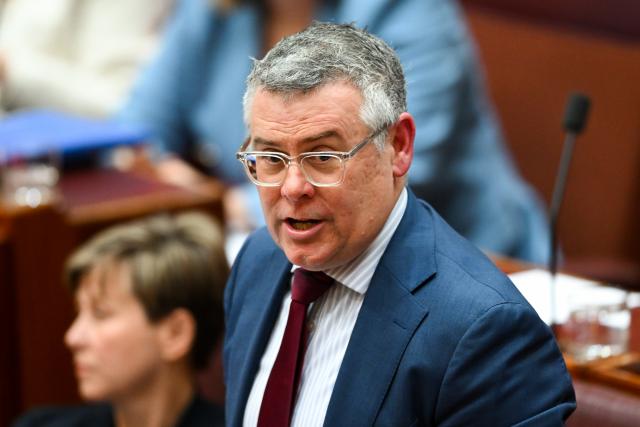Gympie region and its near neighbours are big winners in a major federal and state funded flood recovery bonanza for “significant environmental and land protection projects” along the Mary River, from Obi Obi Creek and Kenilworth to Tiaro and Tinana.
The grants are part of a major statewide program of 44 riverine rehabilitation projects for waterways flood recovery, announced by federal Emergency Management and Agriculture, Fishing and Forestry Minister Murray Watt and state Environment and Great Barrier Reef Minister Leanne Linard.
The two governments are jointly funding 43 riverine rehabilitation projects across areas impacted by the sever floods of 2022.
In a joint statement, the two ministers said the projects “will stabilise banks to minimise erosion, establish aquatic habitat and supplement riparian zones with vegetation plantings for longer term resilience.
“These works will improve water quality and biodiversity and increase resilience of the local natural environment to better withstand future severe weather events.
“These projects will also support local jobs over the next three years in regions across Queensland.
“Natural resource management groups and bulk water utilities across South East Queensland, Wide Bay and Central Queensland will share in more than $26 million to support crucial recovery works for waterways, gullies and riverbanks impacted by the severe 2022 floods.”
The grants will be jointly funded through the Disaster Recovery Funding Arrangements to support “repairs to flood-damaged riverine, wetland and riparian environments as part of Stage 2 of the Riverine Recovery Program.
“The funding will support locally-led projects to repair waterways that are home to some of Queensland’s threatened and iconic protected aquatic species including the Mary River turtle, Mary River Cod and the Australian lungfish.”
Among other areas to the south and north, the Mary River, which runs through much of Wide Bay, is a big spending destination.
“These projects will involve collaboration and coordination with neighbouring landholders and community groups to reprofile impacted riverbanks using nature-based solutions including timber ‘pile fields’ and replanted vegetation,” the ministers said.
“Pile fields” will be built to slow water flow and divert water from banks, “giving newly planted vegetation time to establish and grow while preventing further erosion.
“Implementing bank repair and stabilisation measures for erosion control, as well as restoring native vegetation, will not only bring the flood-affected areas back to their former state, but also strengthen the resilience of the waterways and banks, ensuring better protection against future disasters.”
“The multiple flooding events that impacted South East Queensland in 2022 caused significant damage to valuable waterways resulting in streambank erosion and large losses of vegetation.
“Without intervention, these waterways may never recover and could fail to support Queensland’s protected aquatic species,” Senator Watt said.
He promoised more local jobs to carry out the work over the next three years, rebuilding riverbanks and increasing biodiversity to support the conservation of Queensland’s threatened species.”
“With these waterways feeding into some of Queensland’s most valuable marine environments including the Southern Great Barrier Reef, it’s crucial that we support our natural areas to recover and stand strong against future floods.







